Tips and Tricks to Layer Perfume and Cologne: The Art of Creating a Signature Scent
If you've ever wondered how to make your fragrance last longer or how to create a unique scent that’s all your own, you're not alone. The secret to achieving a long-lasting and memorable scent lies in the art of layering perfumes and colognes. While it might sound like a complicated process, it’s actually easier than you think and it’s an excellent way to personalize your fragrance experience.
Layering your scents isn’t just about slapping on multiple sprays and hoping for the best. It’s about strategically combining fragrances in a way that enhances their notes and creates a scent that suits your personality, mood, and style. And, when done right, layering can help your favorite scents last throughout the day, even through your busiest moments.
We will cover everything you need to know about layering perfumes and colognes – from choosing the right fragrances to applying them in the perfect order. Ready to start building your signature scent? Let’s dive in.
1. Understanding the Basics of Fragrance Notes
Before diving into the world of layering, it’s crucial to understand how perfumes and colognes are structured. Most fragrances are made up of three types of notes: top notes, middle (heart) notes, and base notes. Each of these notes contributes to how the fragrance smells over time.
-
Top Notes: These are the initial scents you notice right after applying the fragrance. They are usually light, fresh, and citrusy. Examples include lemon, bergamot, and lavender. Top notes are typically the first impression you get, and they tend to evaporate the quickest.
-
Middle Notes (Heart Notes): These form the core of the fragrance and emerge after the top notes dissipate. Middle notes are typically floral, fruity, or spicy, and they last longer than the top notes. Think of notes like rose, jasmine, and cinnamon.
-
Base Notes: These are the scents that linger after the fragrance has dried down. Base notes are often rich, deep, and long-lasting, such as vanilla, musk, sandalwood, or amber. These notes help ground the fragrance and make it last.
When layering perfumes and colognes, you’ll want to consider these notes to ensure they complement each other rather than clash. You’ll also want to focus on the longevity of the base notes to ensure your scent stays with you throughout the day.
2. Choosing the Right Fragrances for Layering
Not all perfumes and colognes are created equal – and not every fragrance will layer well with another. The key is to look for scents that have complementary notes. For example, if one fragrance is citrusy and fresh with a strong top note of lemon, it might pair beautifully with another fragrance that has floral middle notes and a base of warm vanilla. Here are a few tips for choosing fragrances to layer.
-
Stick to Similar Families: When starting out, it’s best to layer fragrances from the same family (floral, woody, oriental, etc.). For example, a fruity floral fragrance with notes of peach and rose could layer well with another floral fragrance that has jasmine or lily notes.
-
Layering with Subtlety: Avoid choosing two strong, overpowering fragrances to layer. Instead, choose one dominant fragrance (the base) and complement it with a lighter fragrance (the top and middle). This will create a balanced, harmonious scent without it becoming too overpowering.
-
Play with Contrasting Notes: If you’re feeling more adventurous, you can play with contrasting notes. For example, layering a spicy fragrance with something sweet like vanilla or caramel can create an intriguing balance between warmth and sweetness.
3. Layering Technique: The Order Matters
How you layer your fragrances is just as important as the fragrances you choose. To create the best result, start with the lighter, more volatile scents and layer the heavier ones on top. Here’s the step-by-step guide for layering your perfumes and colognes:
Step 1: Apply the Heavier Base First
Start with your heaviest, longest-lasting scent. This could be a rich, woody cologne or an earthy perfume. Apply this to the pulse points on your body (like your wrists, neck, and behind your ears) as this will allow the fragrance to warm up and release its full complexity.
The reason you start with the base is simple: heavier notes have more longevity. You want them to sit on your skin first, providing a foundation that the lighter notes can complement. These base notes will help your layered fragrance last longer throughout the day.
Step 2: Layer with Lighter Notes
Once your base layer has settled, it’s time to layer on the lighter, fresher scents. This could be a floral or citrus fragrance that you love. Lightly spritz or dab this fragrance over the areas where you applied your base fragrance. This will create a delightful contrast and add depth to your scent profile.
By layering lighter fragrances over heavier ones, you allow the top notes to shine without being overpowered. These top notes will give your fragrance that initial burst of freshness and make it more pleasant when you first apply it.
Step 3: Add a Middle Layer (Optional)
If you want to add more complexity, you can incorporate a middle layer but be careful not to overdo it. This can be a subtle floral, fruity, or spicy fragrance. Apply this in small amounts, focusing on areas where you want a softer, nuanced effect. Remember when layering fragrances, less is often more. You don’t need to drown yourself in sprays. A few spritzes strategically placed will do the trick.
4. Fragrance Layering Tips: Do’s and Don’ts
While layering perfumes and colognes can be fun and rewarding, it’s essential to follow a few basic guidelines to avoid creating a fragrance mishmash. Here are some of the do and don’ts to keep in mind when you layer your scents.
Do’s:
-
Do Test First: Before applying a new layered combination to your body, test it on a small area of your skin. Wait for a few hours to see how the fragrances react with your body chemistry.
-
Do Layer Fragrance-Free Skin: Apply your fragrances to clean, moisturized skin. The oils in your skin will help the fragrance last longer, and applying on moisturized skin will give the perfume something to adhere to. Avoid applying perfumes to areas where your skin is dry or irritated.
-
Do Focus on Pulse Points: Apply your fragrances to pulse points like the wrists, behind the ears, and at the base of your throat. These areas generate heat, which helps release the fragrance’s notes throughout the day.
-
Do Have Fun and Experiment: Layering is all about finding what works for you. Don’t be afraid to try different combinations, especially if you're looking to create something personal and unique.
Don’ts:
-
Don’t Overdo It: Too much perfume is never a good thing. Even if you’re layering, you don’t need to pile on several fragrances at once. Keep it simple with two or three complementary fragrances.
-
Don’t Choose Too Many Strong Scents: If both perfumes or colognes are too strong, they can overwhelm your senses and those around you. Avoid overpowering layers unless you're going for a bold statement. Stick to more balanced scents.
-
Don’t Layer Unrelated Scents: Avoid layering perfumes with completely contrasting notes, like a sweet vanilla with an intense smoky scent. This can lead to a confusing and unpleasant fragrance experience. Instead, focus on scents that enhance and complement each other.
5. Layering for Different Occasions
One of the best things about layering is the ability to create a fragrance that matches your mood or the occasion. Here are some examples of how you can layer your perfumes and colognes based on different scenarios:
-
For a Day at the Office: Stick with subtle, light fragrances that won’t overwhelm those around you. Layer a fresh citrus fragrance with a soft floral note for a clean, professional scent.
-
For a Night Out: Layer a rich, sensual fragrance with a hint of vanilla, amber, or musk for a bold, captivating scent that lingers throughout the evening.
-
For a Casual Day: Keep it simple with a fresh, aquatic base and a light, fruity or floral note on top. This will give you a refreshing, energizing scent without being too strong.
-
For Special Occasions: Use layering to create a sophisticated, complex fragrance. Layer a deep, woody base with a hint of rose or jasmine for an elegant, timeless scent that’s perfect for weddings, galas, or other formal events.
6. Making Your Fragrance Last
The best part about layering your fragrances is that it helps them last longer. By building layers, you’re ensuring that the scent has multiple levels of complexity, making it less likely to fade too quickly. Additionally, layering with a matching body lotion or oil can enhance the longevity of your fragrance. Many fragrances come in matching body products, like shower gels and lotions, so using them together can intensify your scent and make it last even longer.
Final Thoughts: Layering Perfume and Cologne is a Creative Journey
Layering perfume and cologne is a fun, creative process that allows you to experiment and find unique combinations that suit your style. By understanding the different fragrance notes and applying them strategically, you can create a scent profile that’s all your own. Whether you’re after a subtle, everyday fragrance or something bold and complex for a special event, layering can help you achieve your perfect signature scent.
The next time you think about buying fragrances, don’t just grab the first one that catches your eye. Consider how you can layer it with something else to create a memorable, lasting impression. After all, your fragrance is a reflection of you, and with the right layering techniques, you can make sure that your scent leaves a mark wherever you go. Buy fragrances, cologne and perfume at CycloneSale.com for all your sweet-smelling needs today!



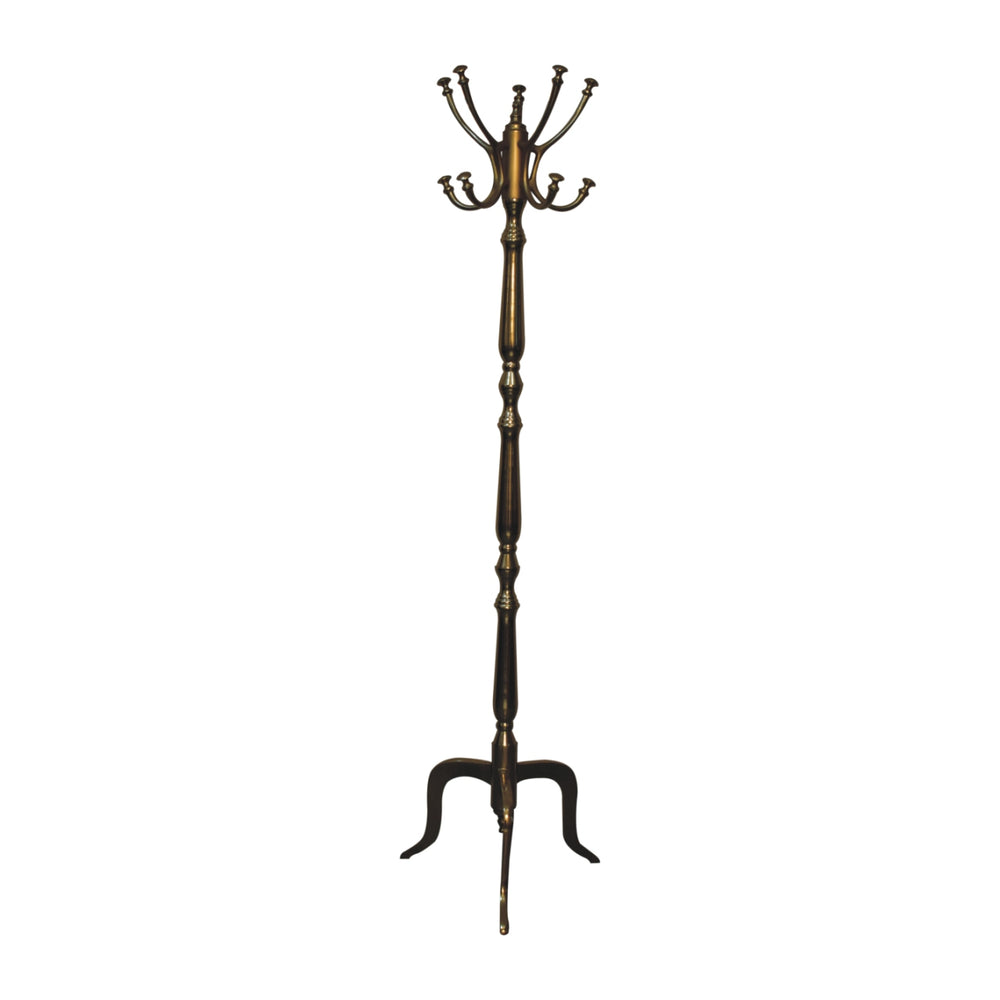




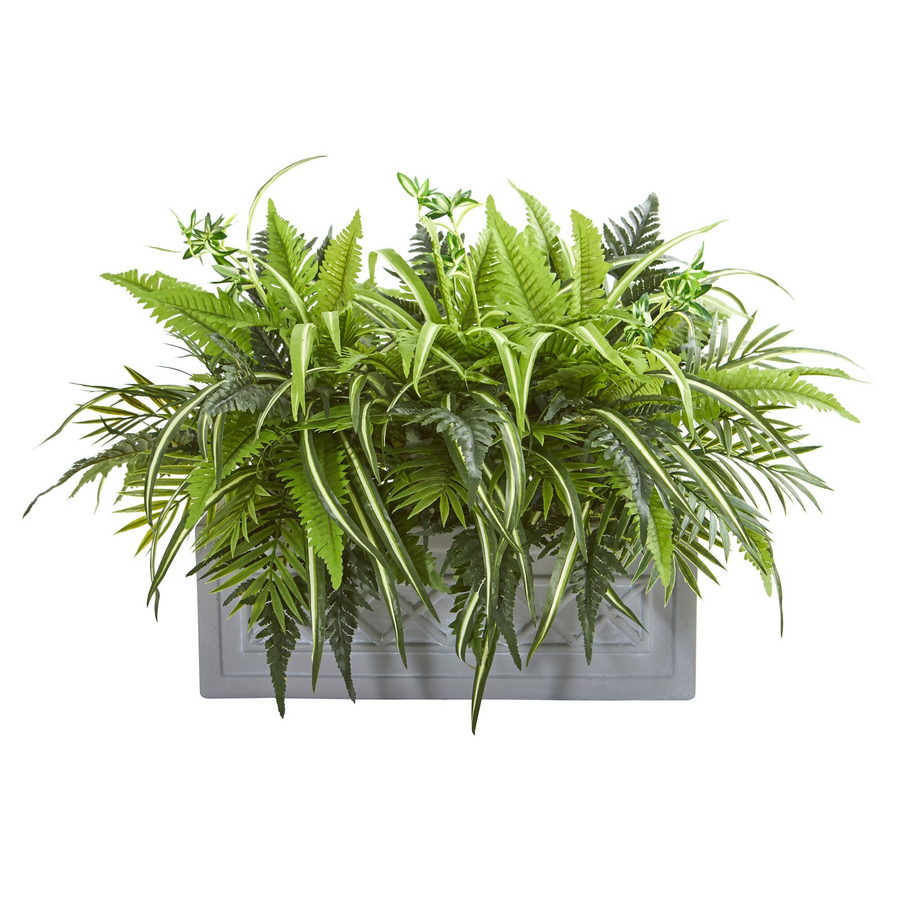


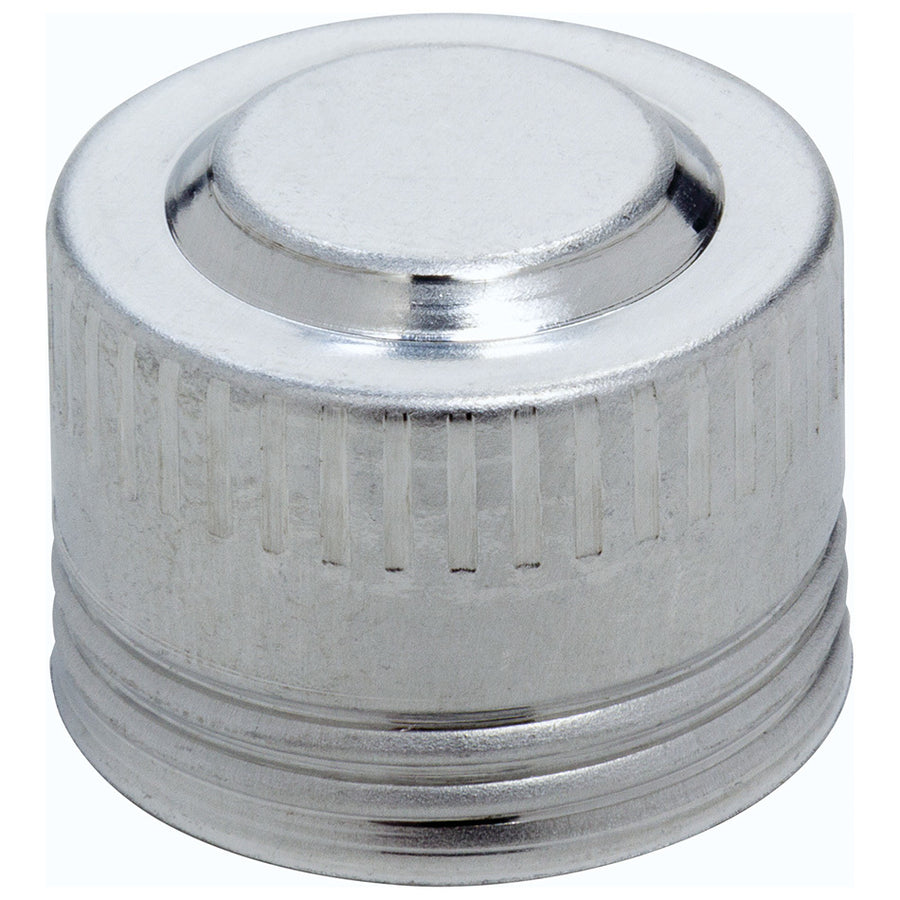
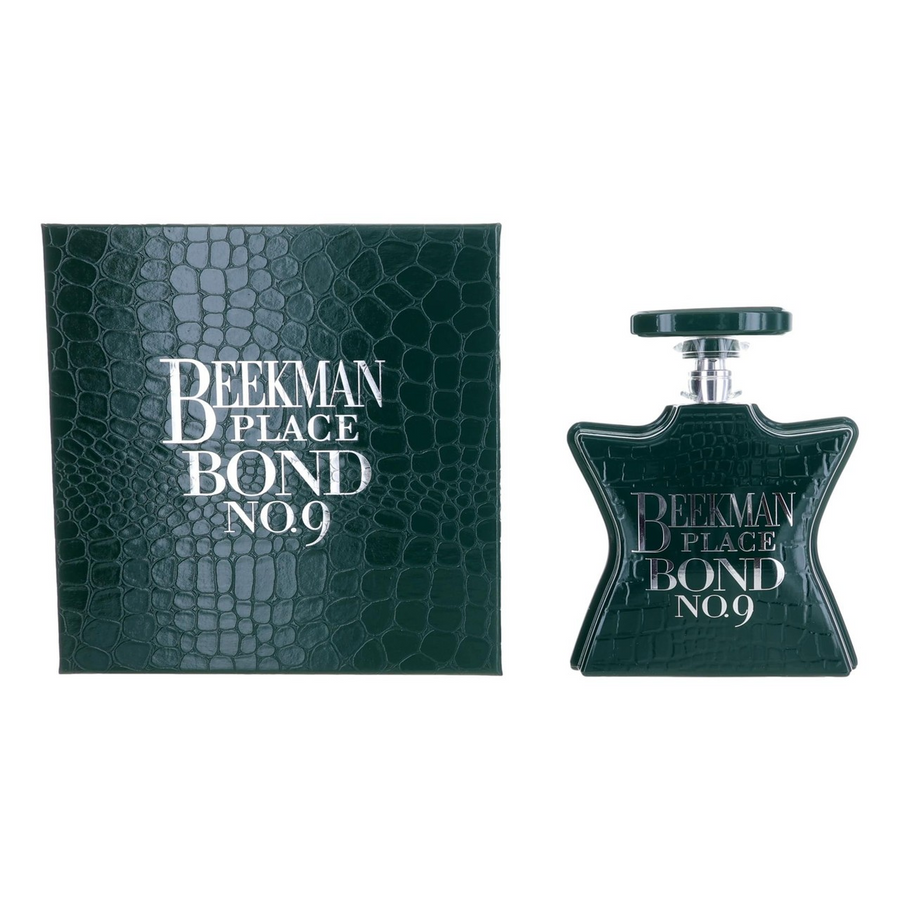










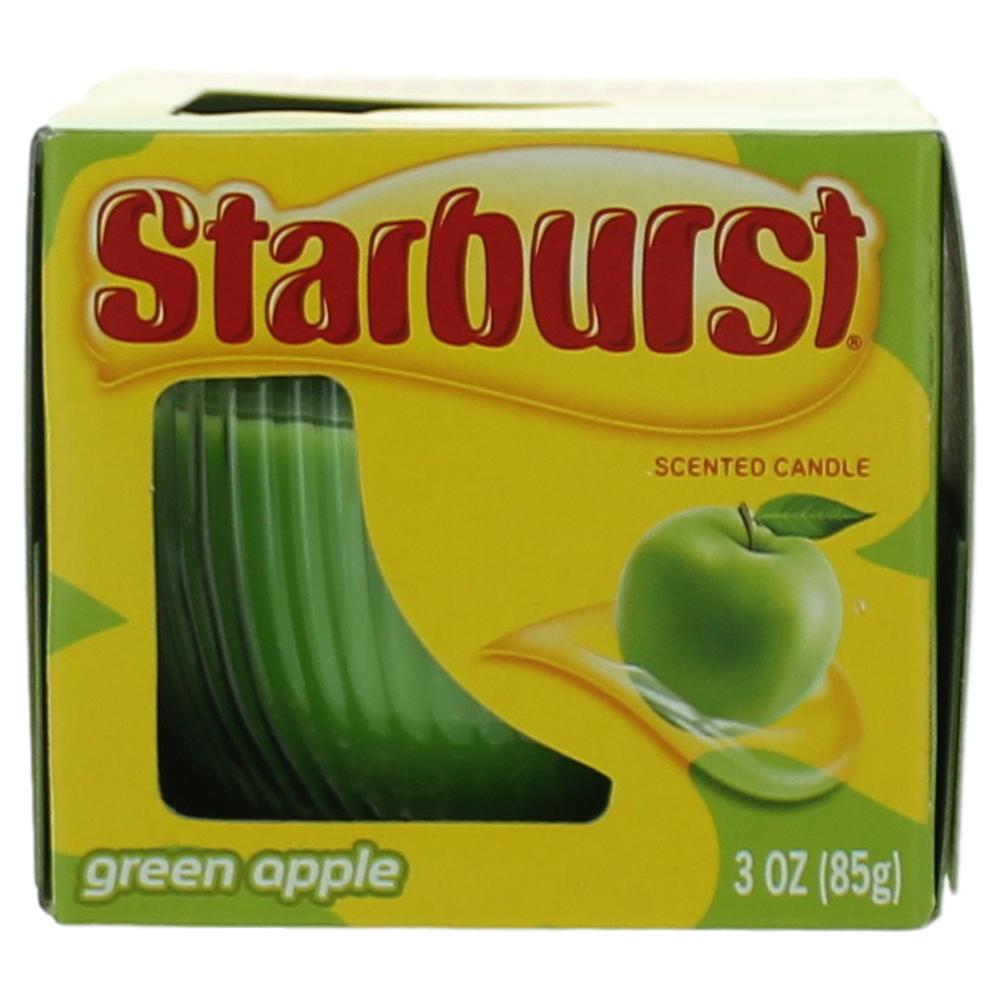
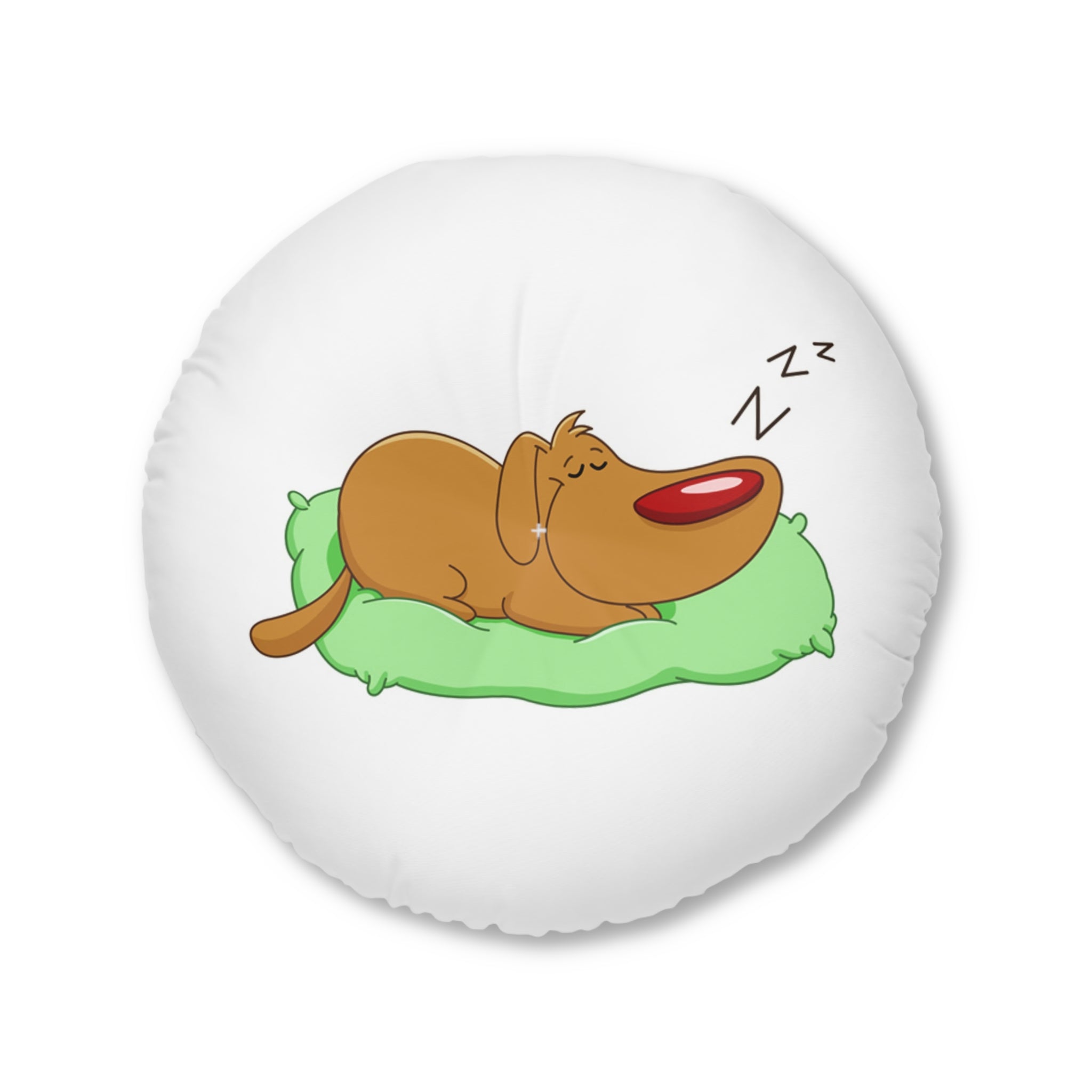

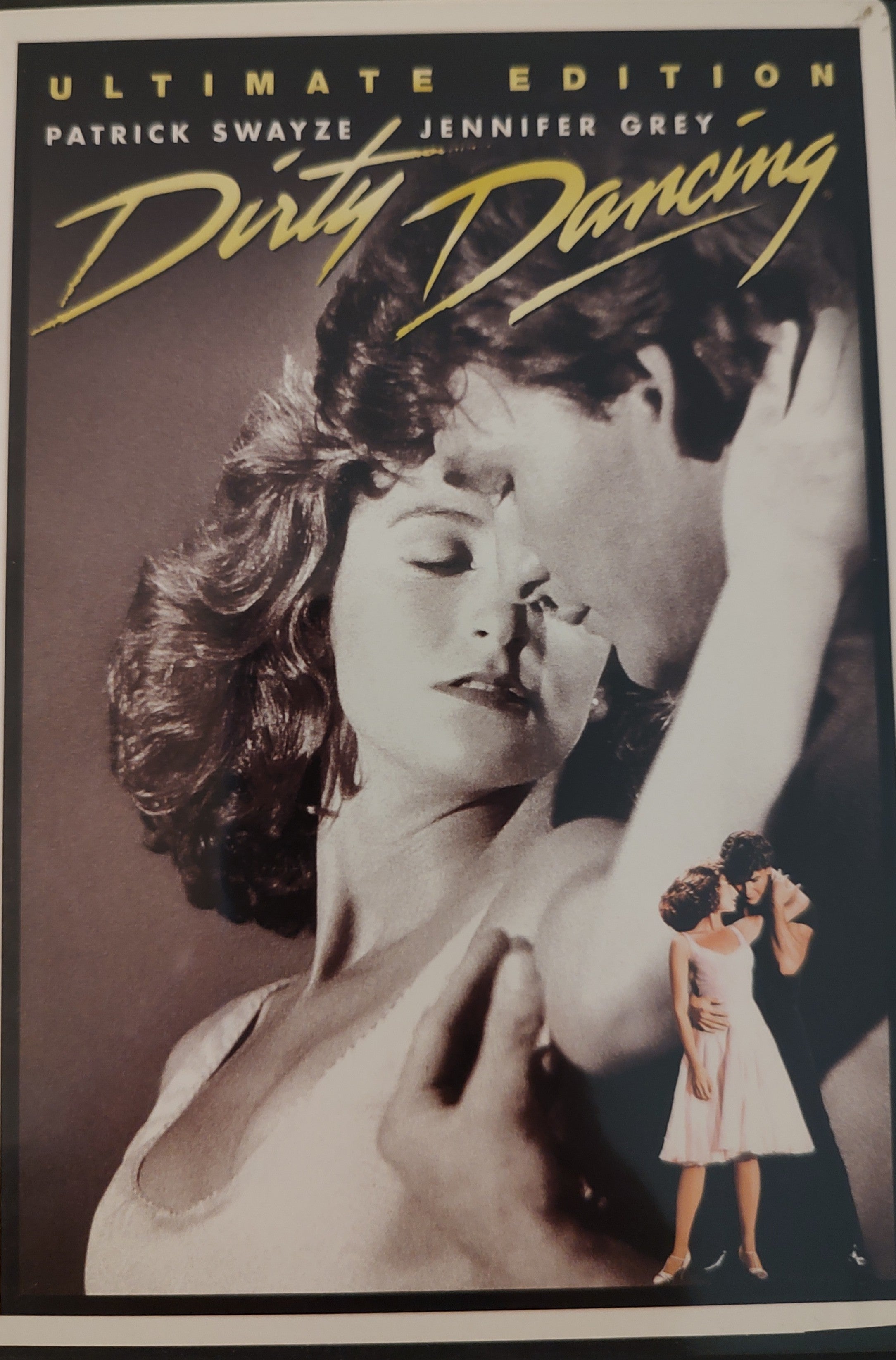







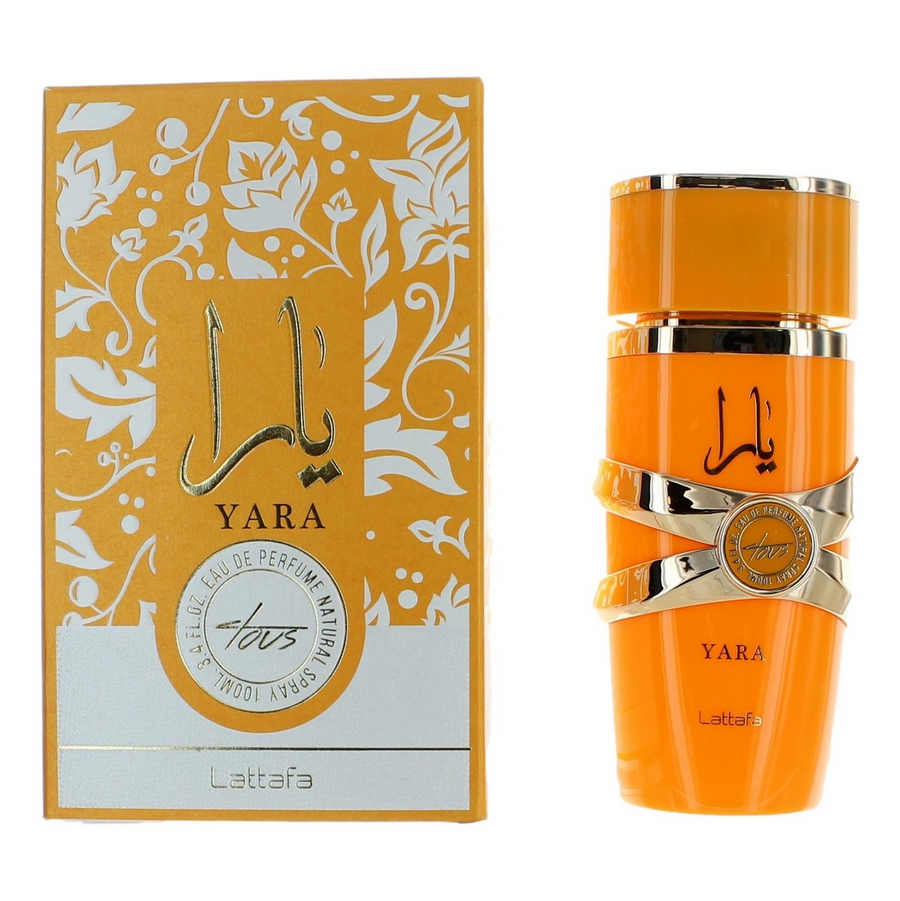
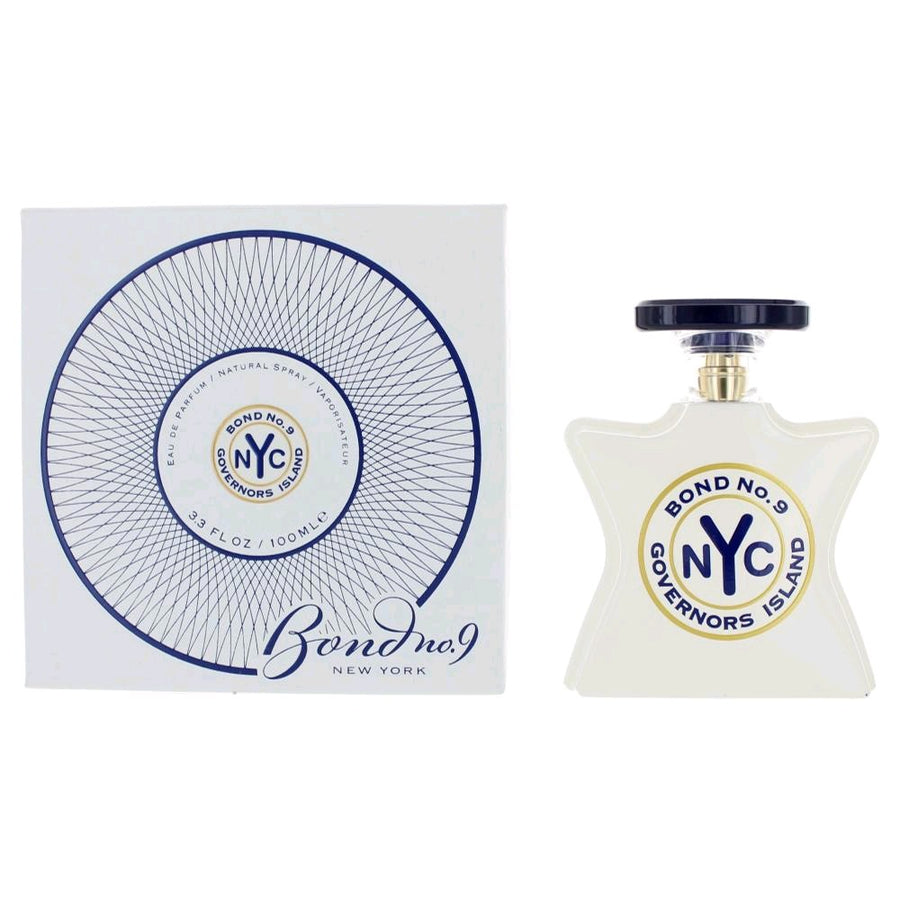
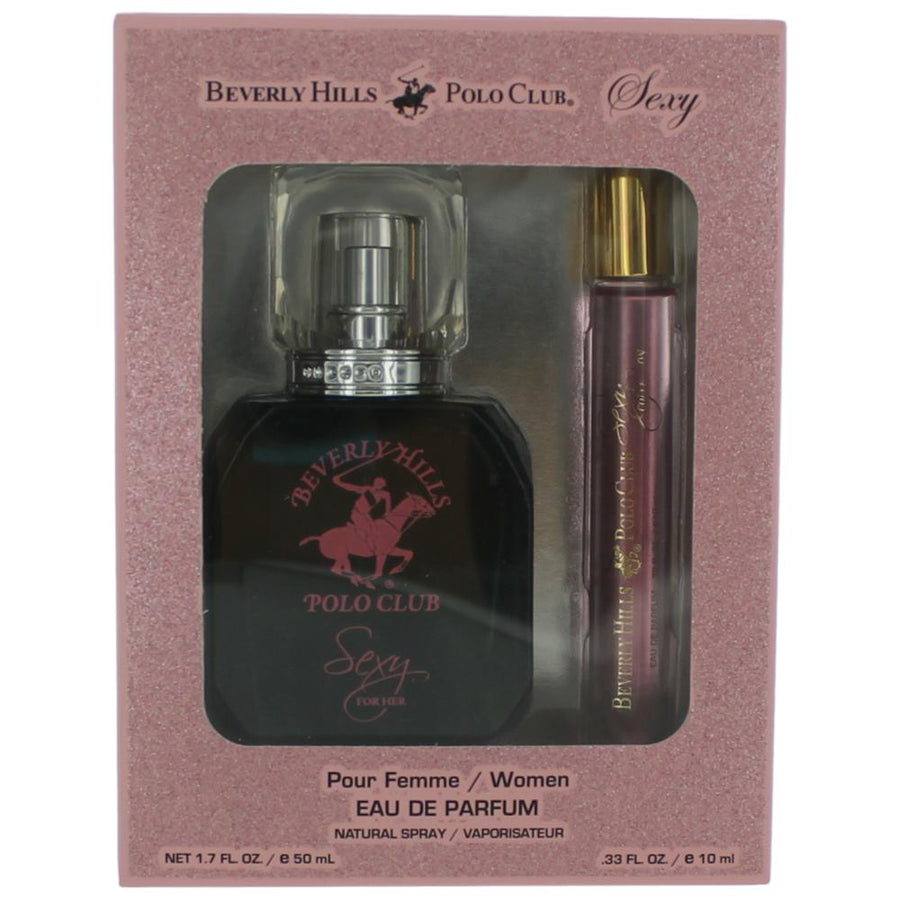
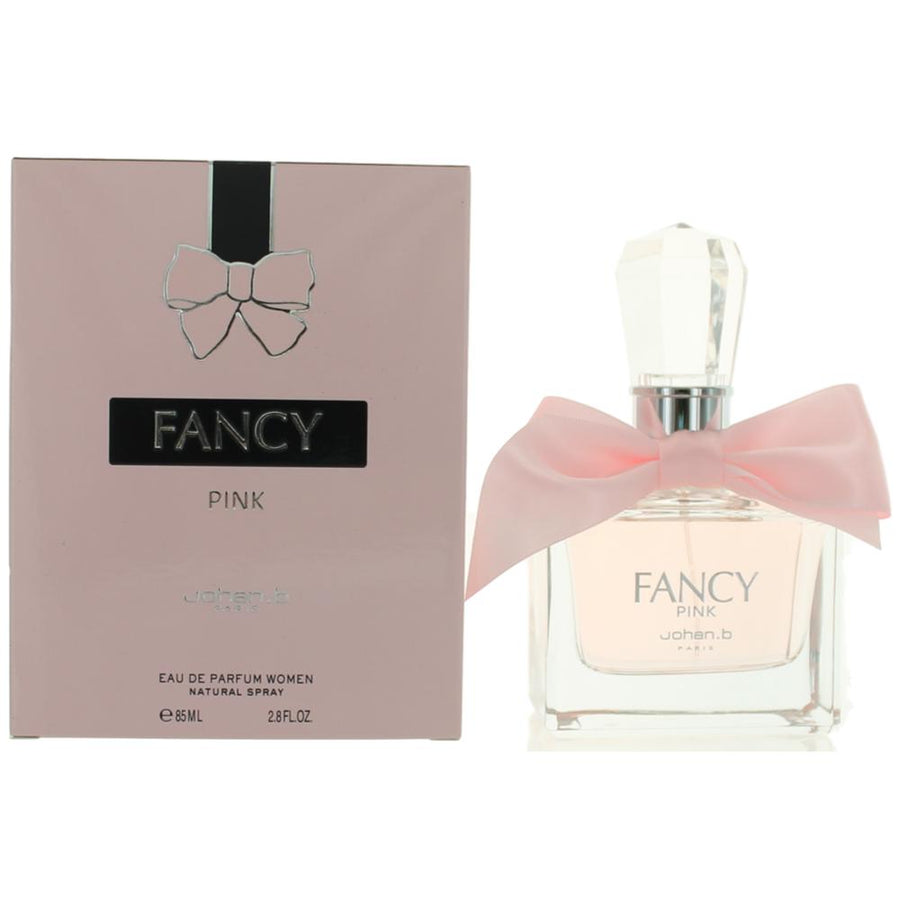

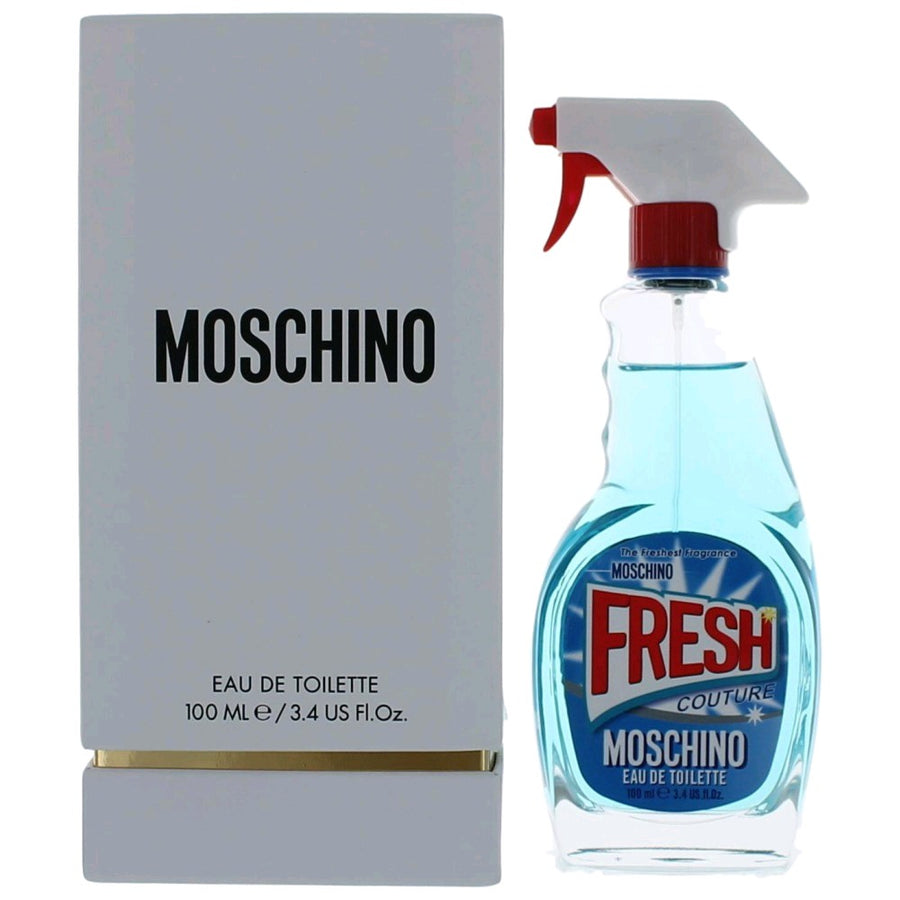


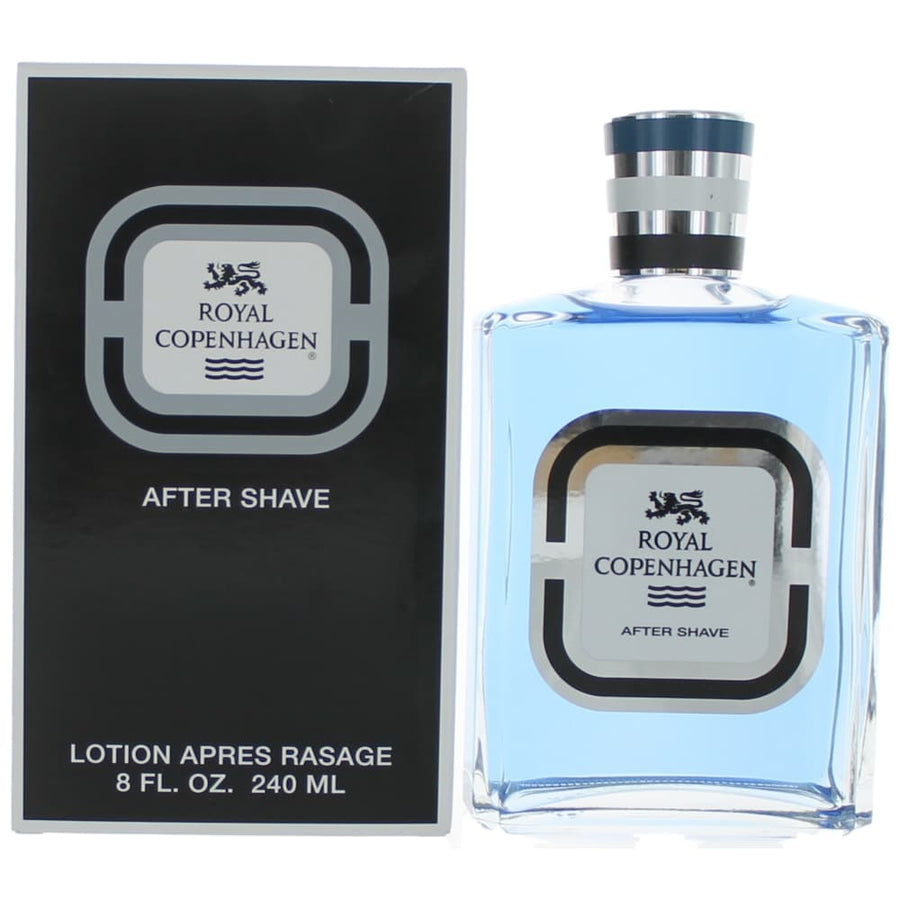
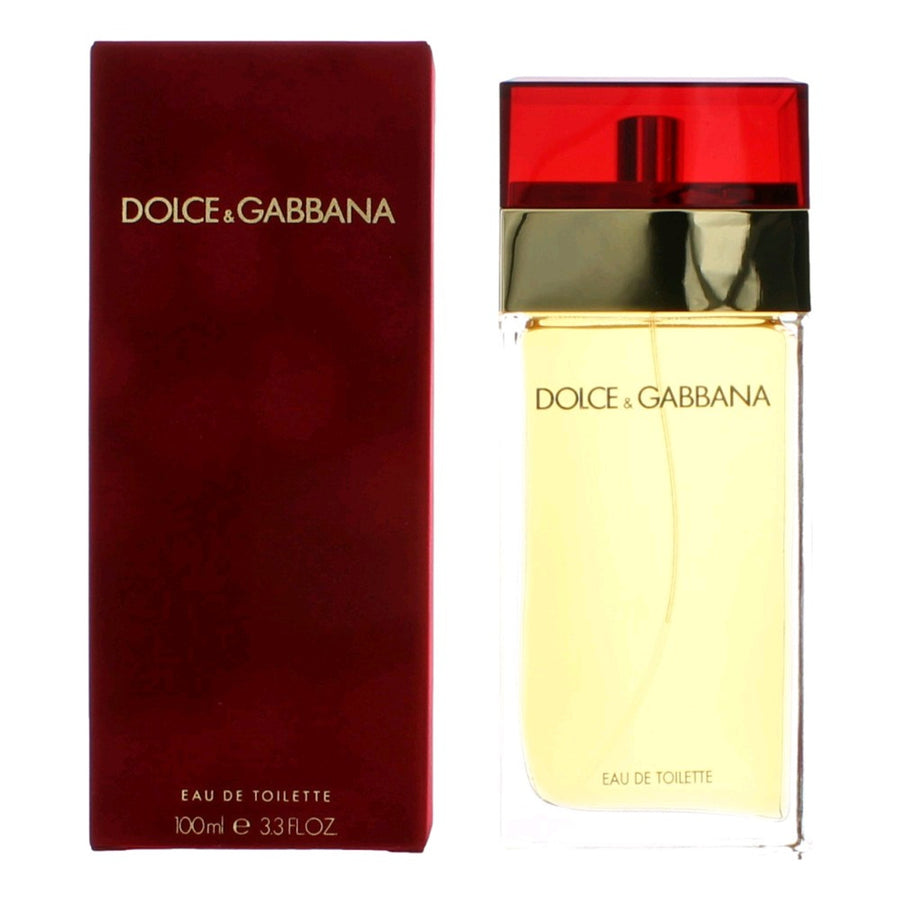
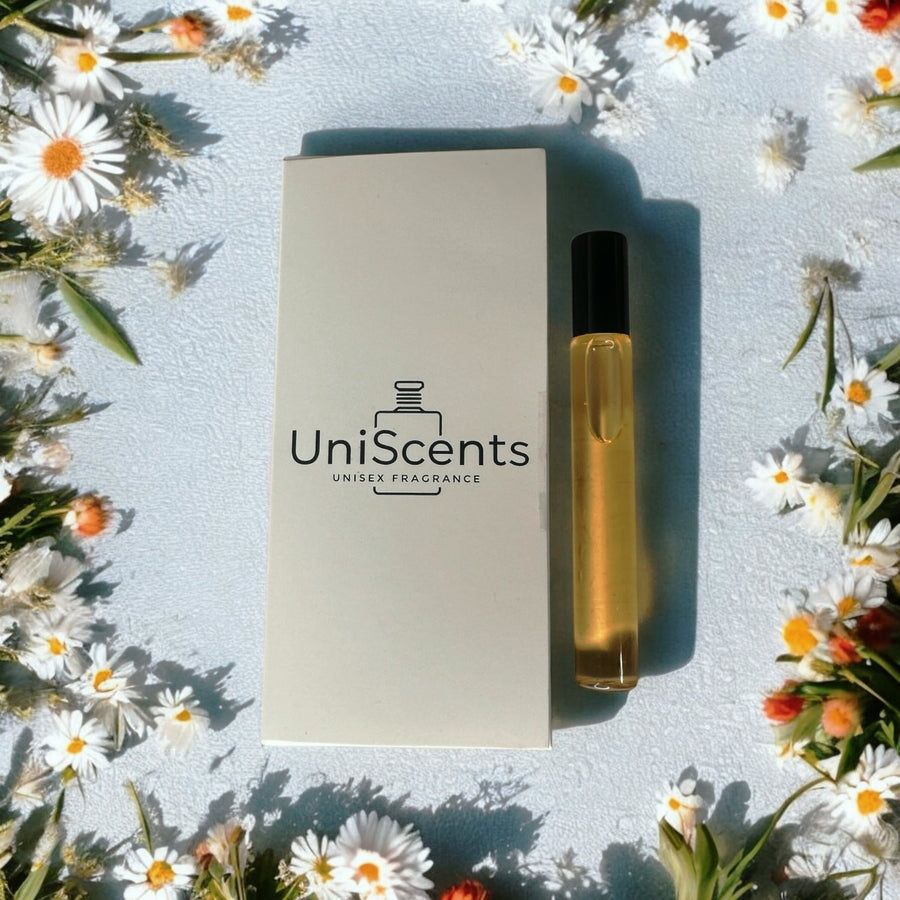
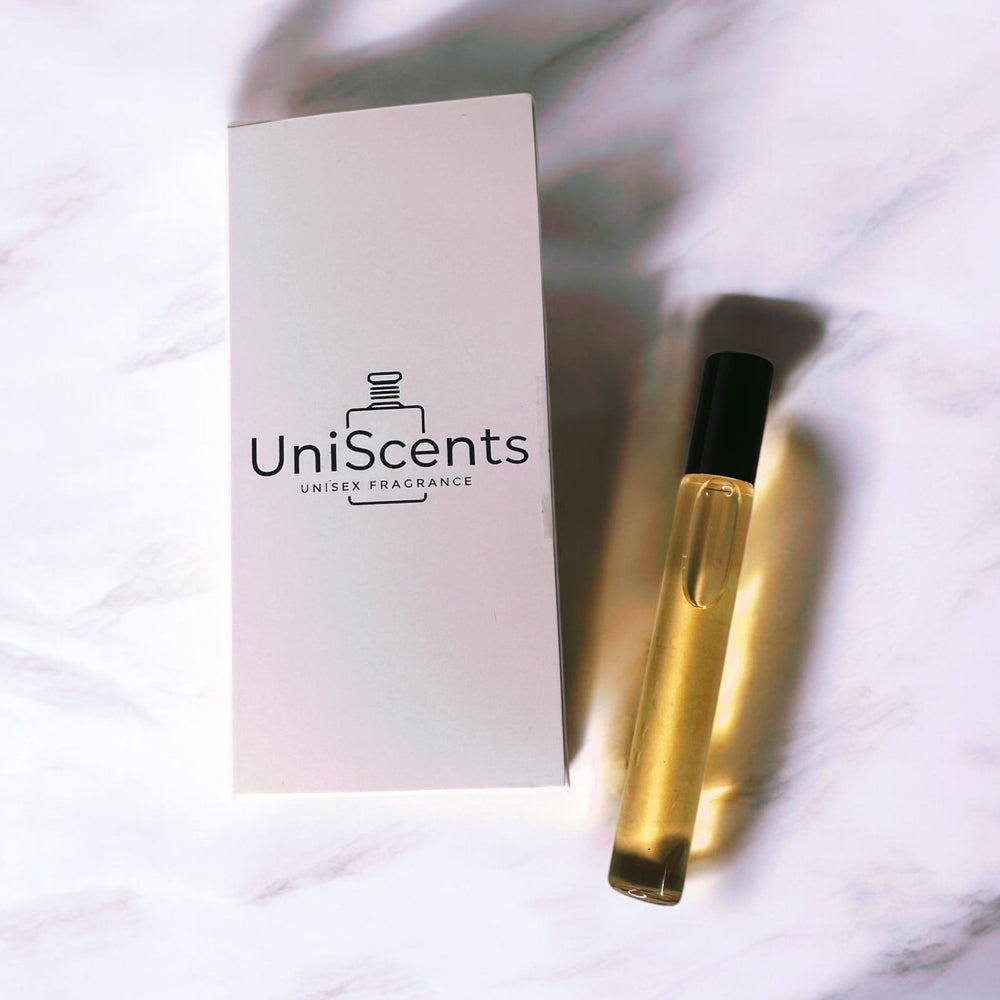
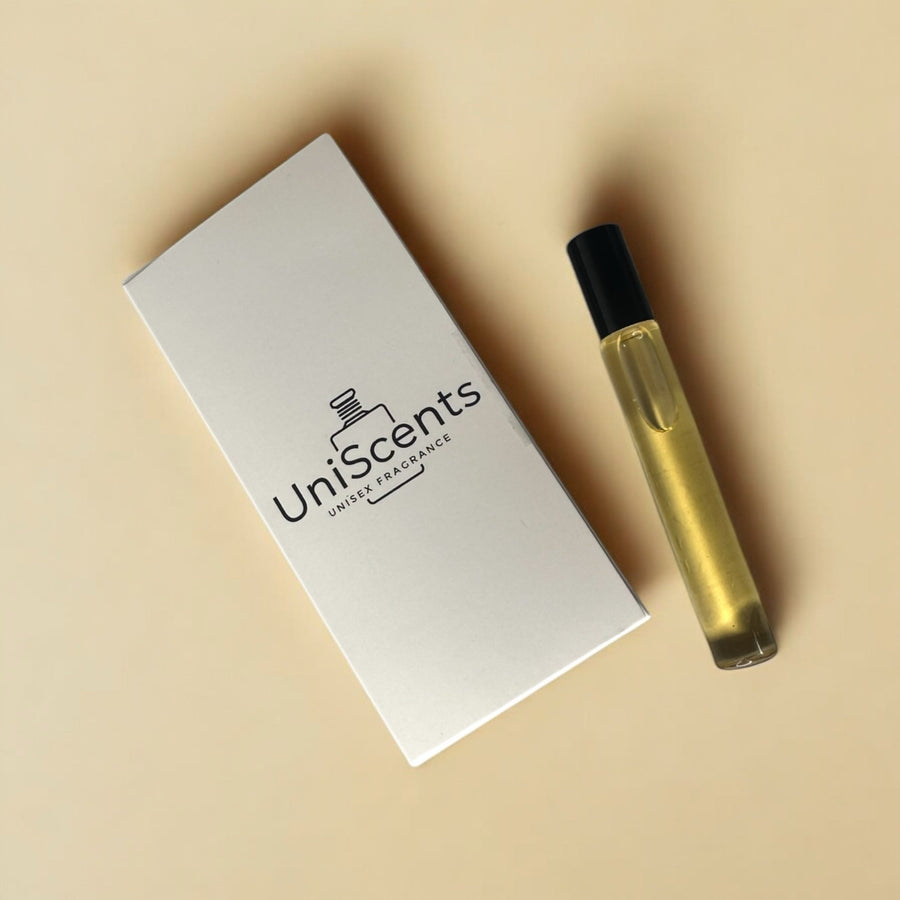
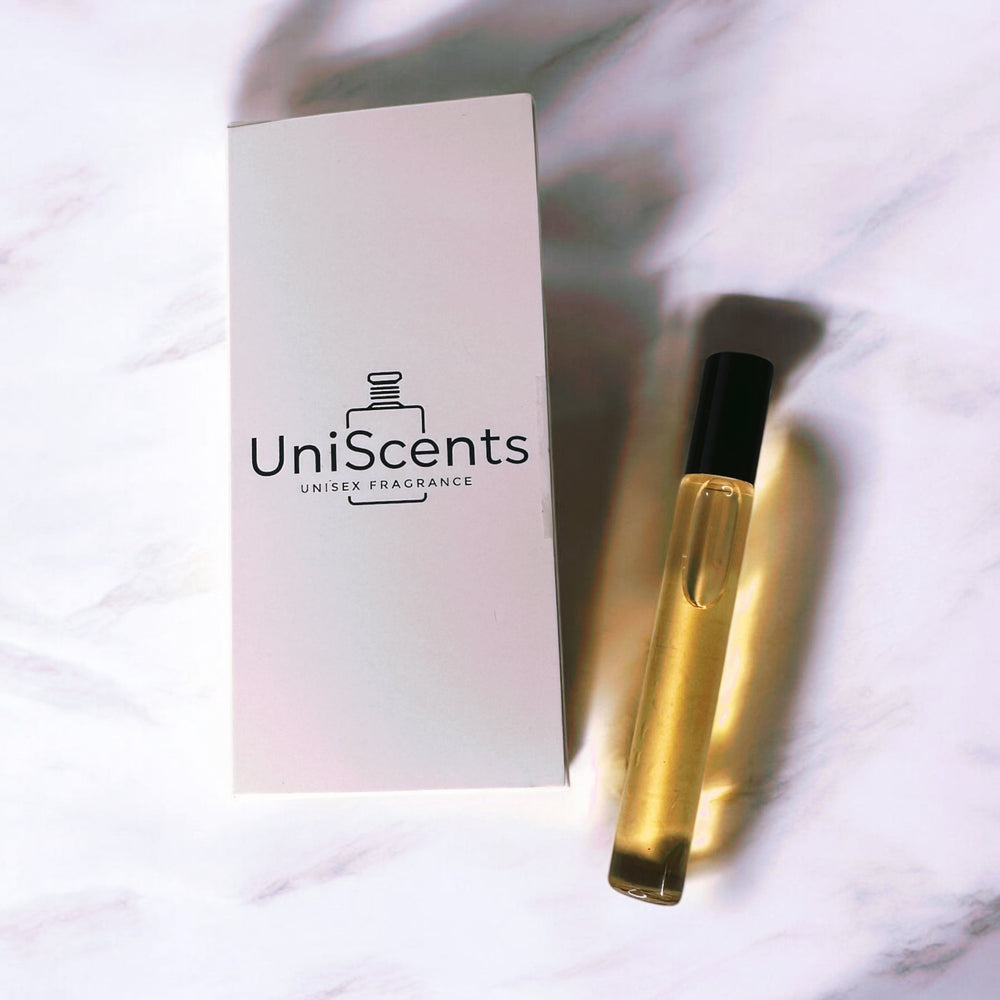
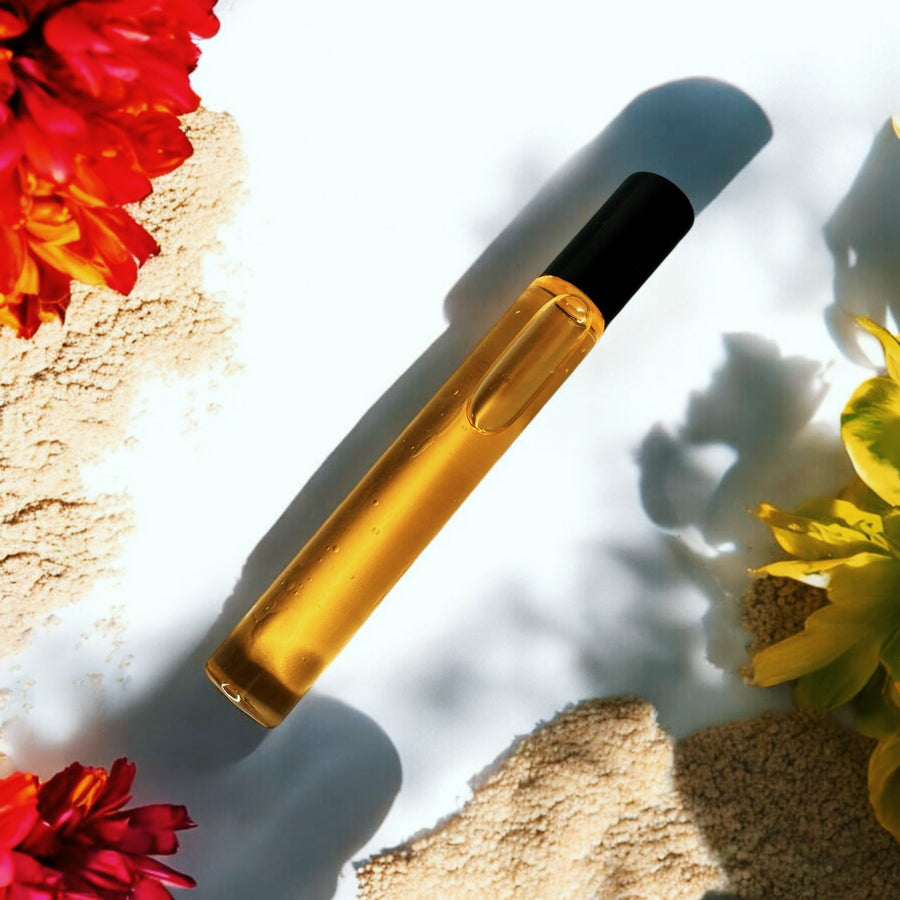
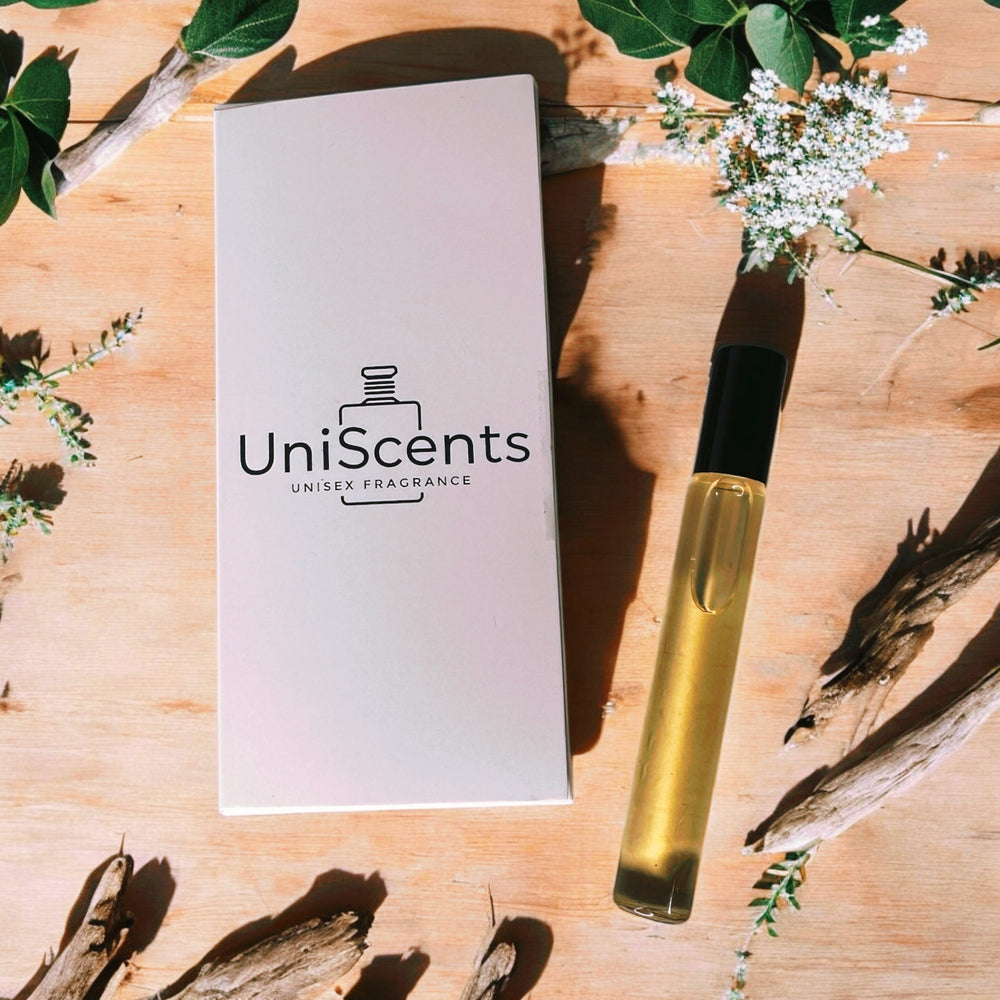
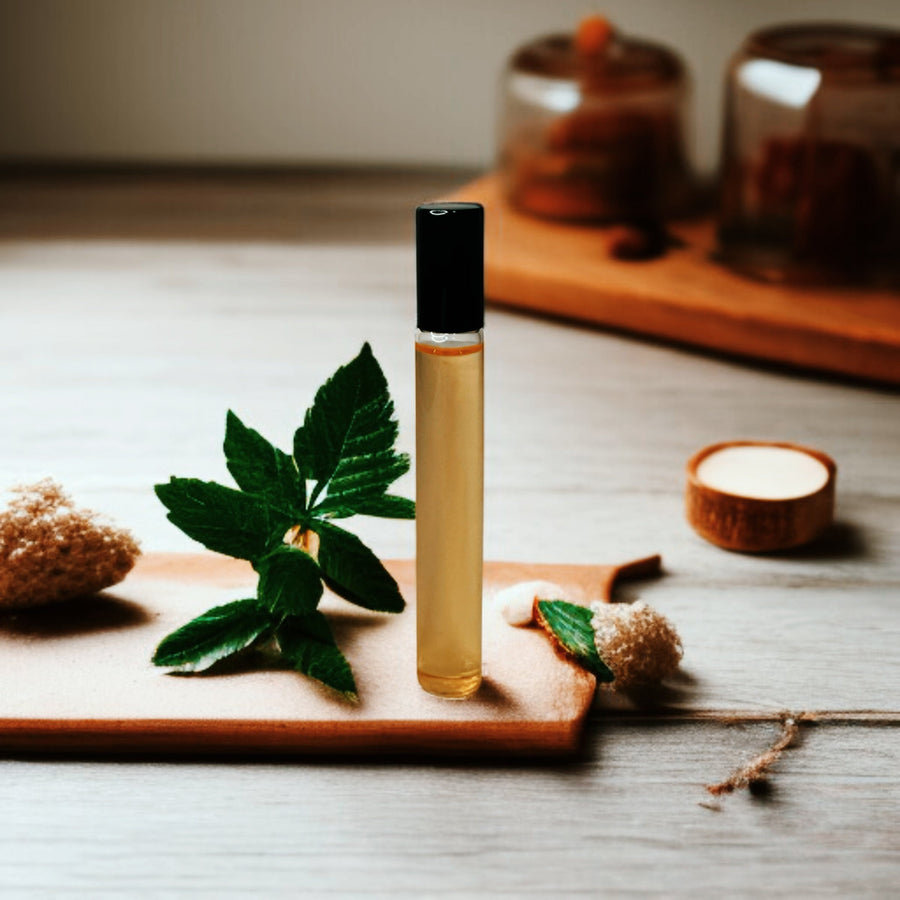
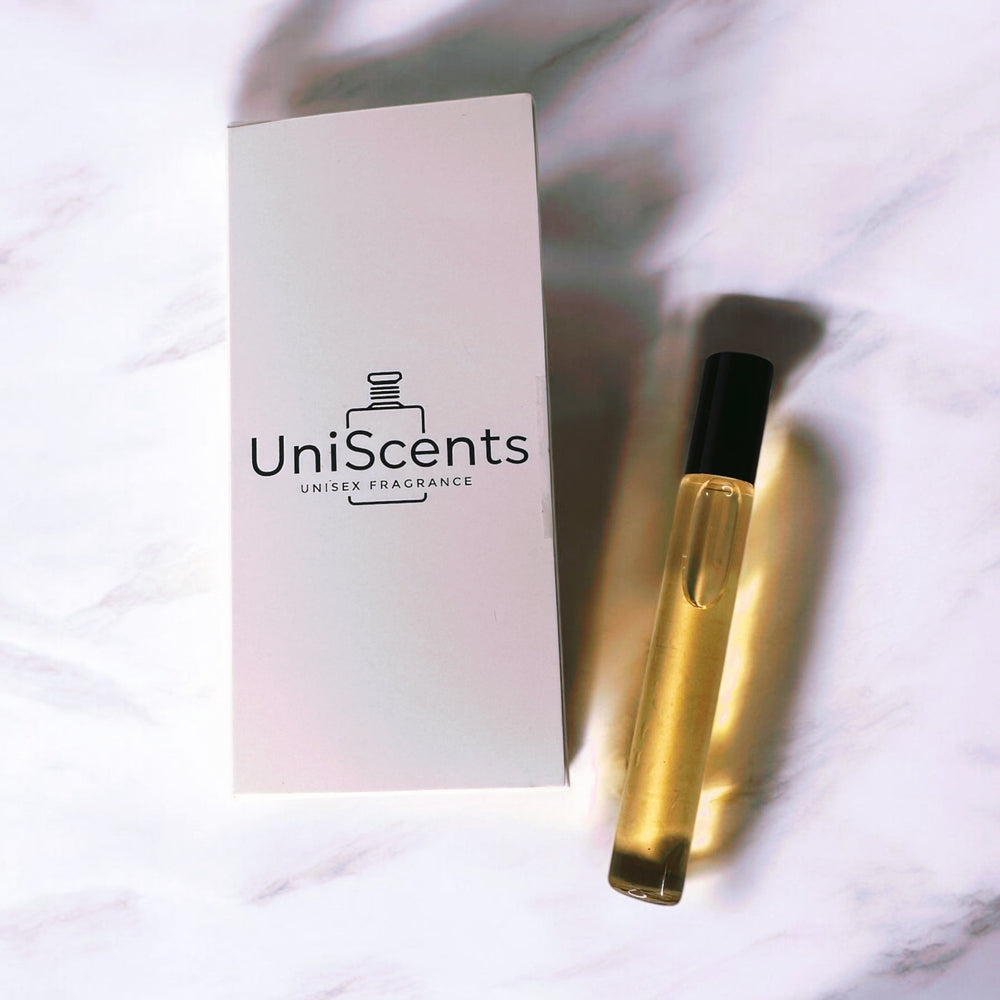
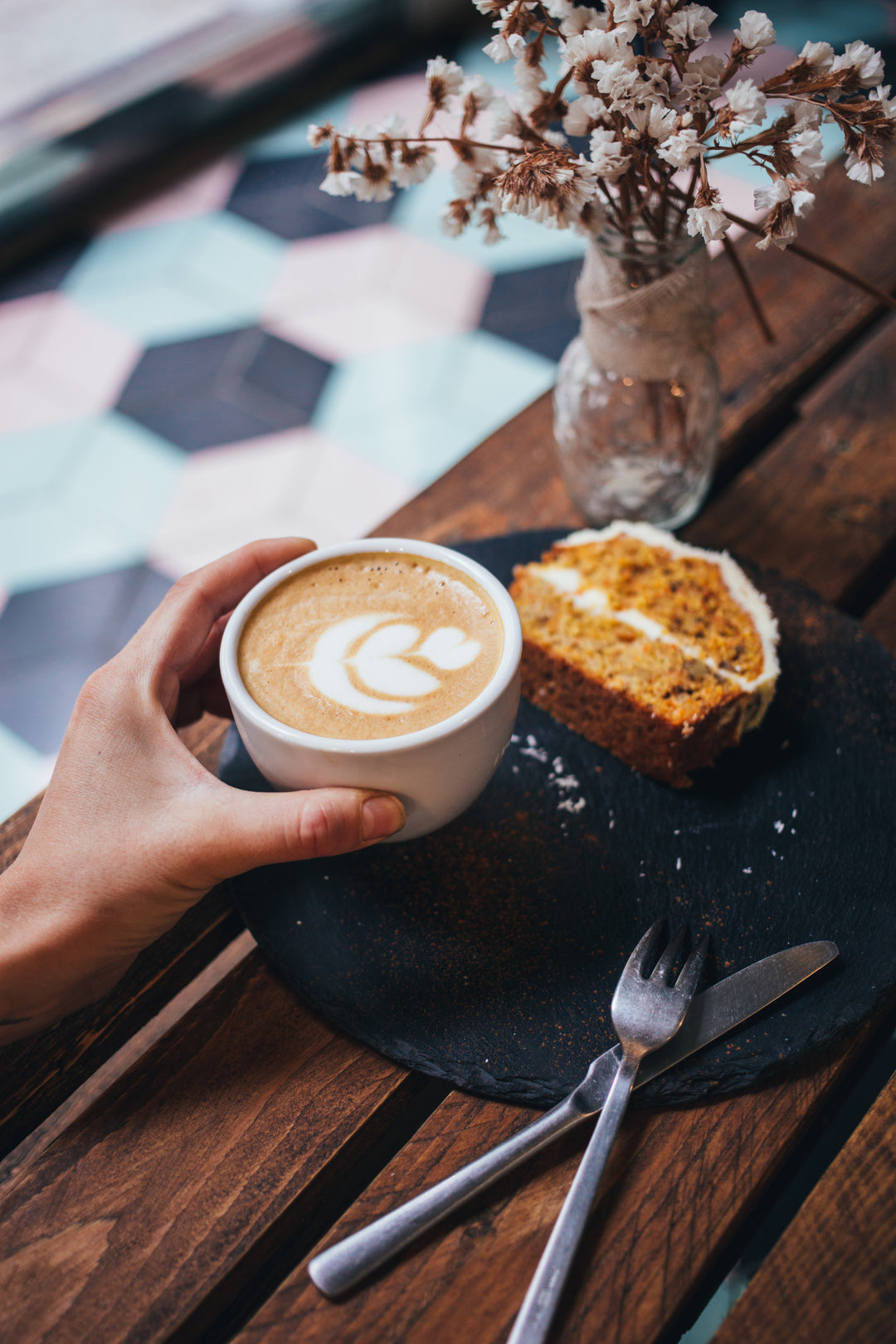
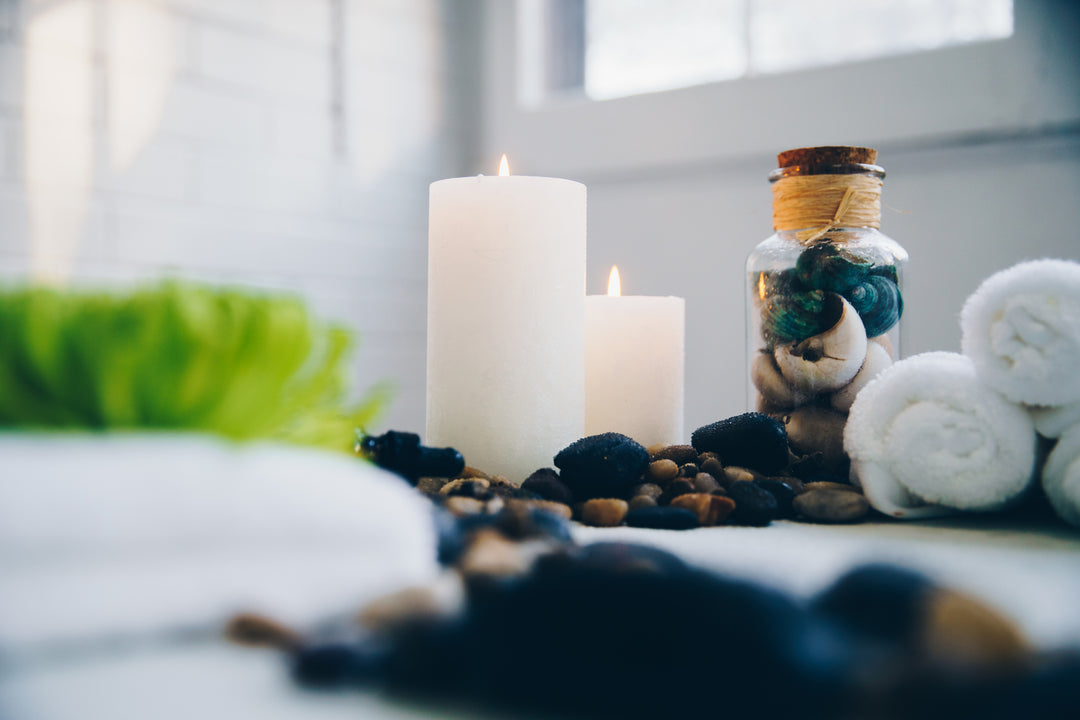
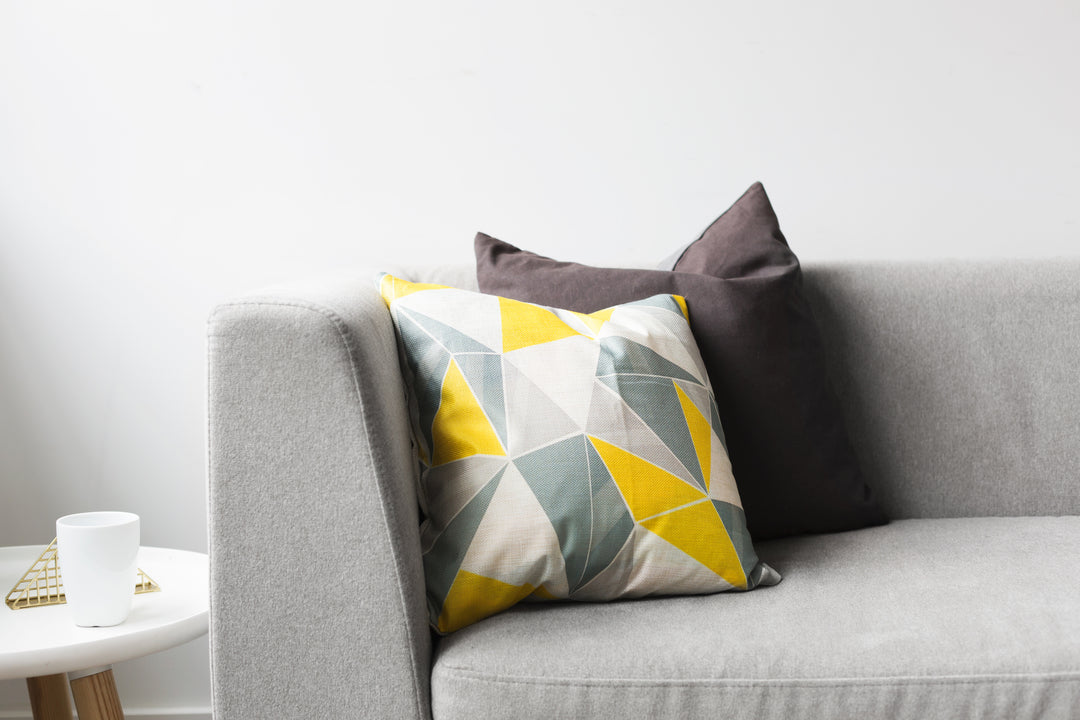
Leave a comment